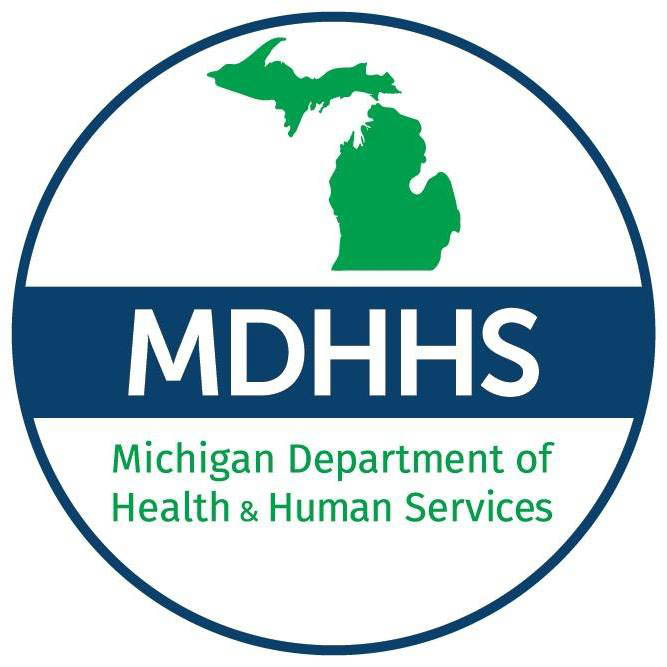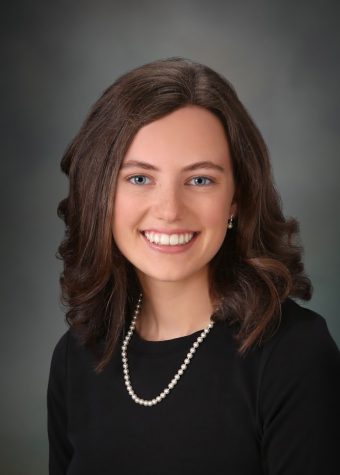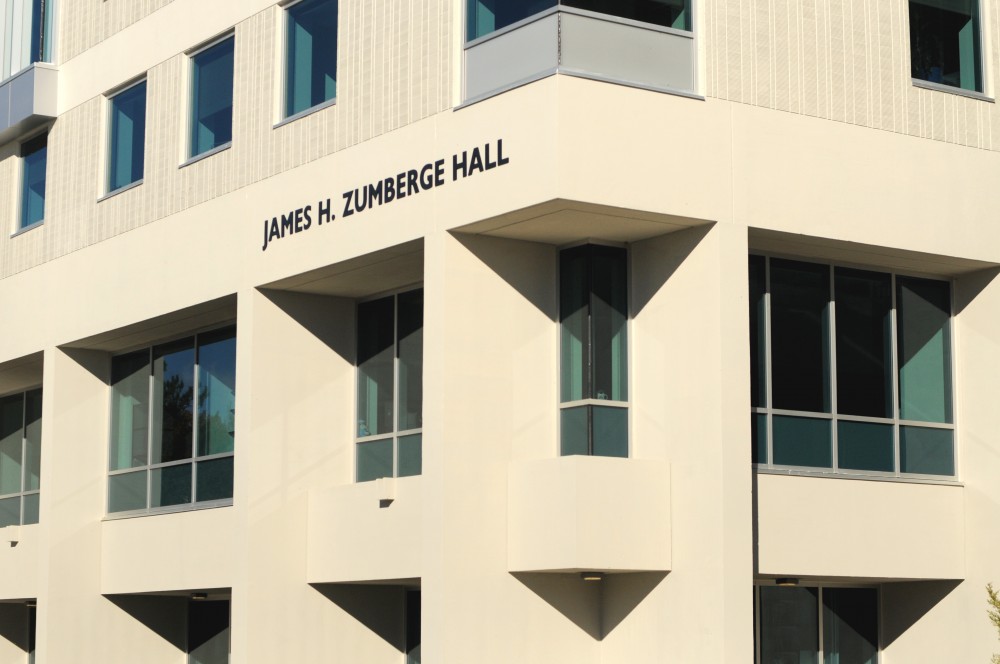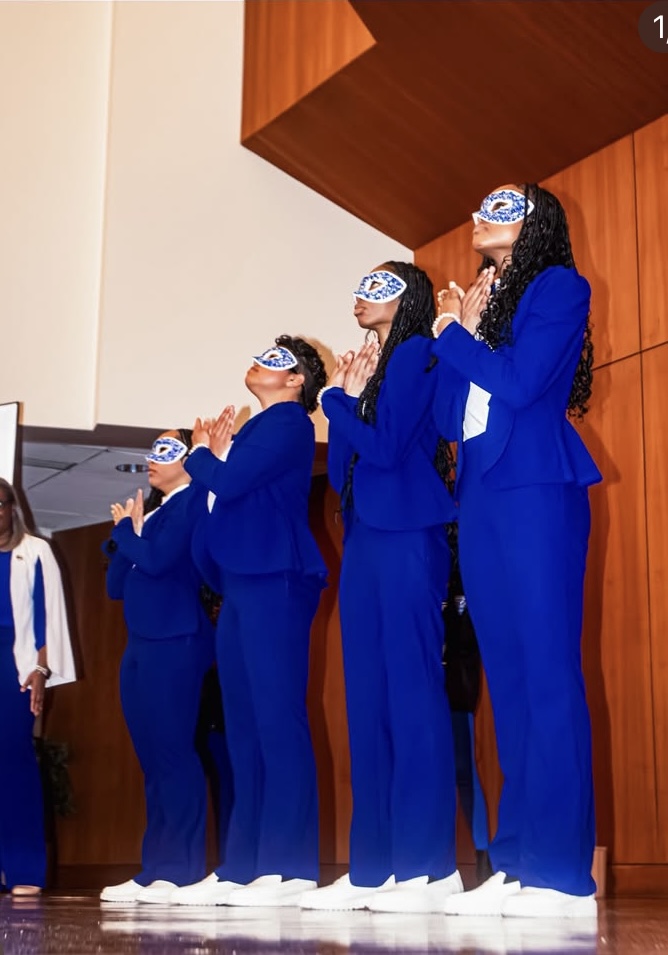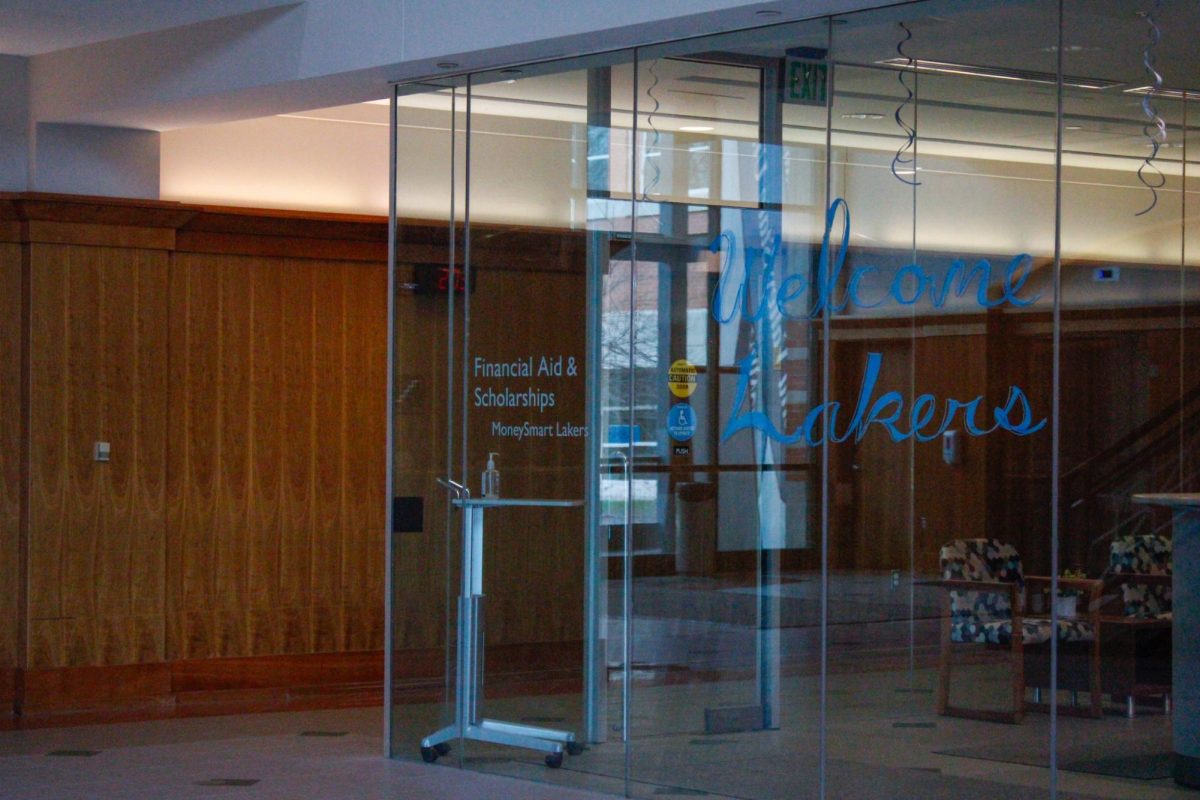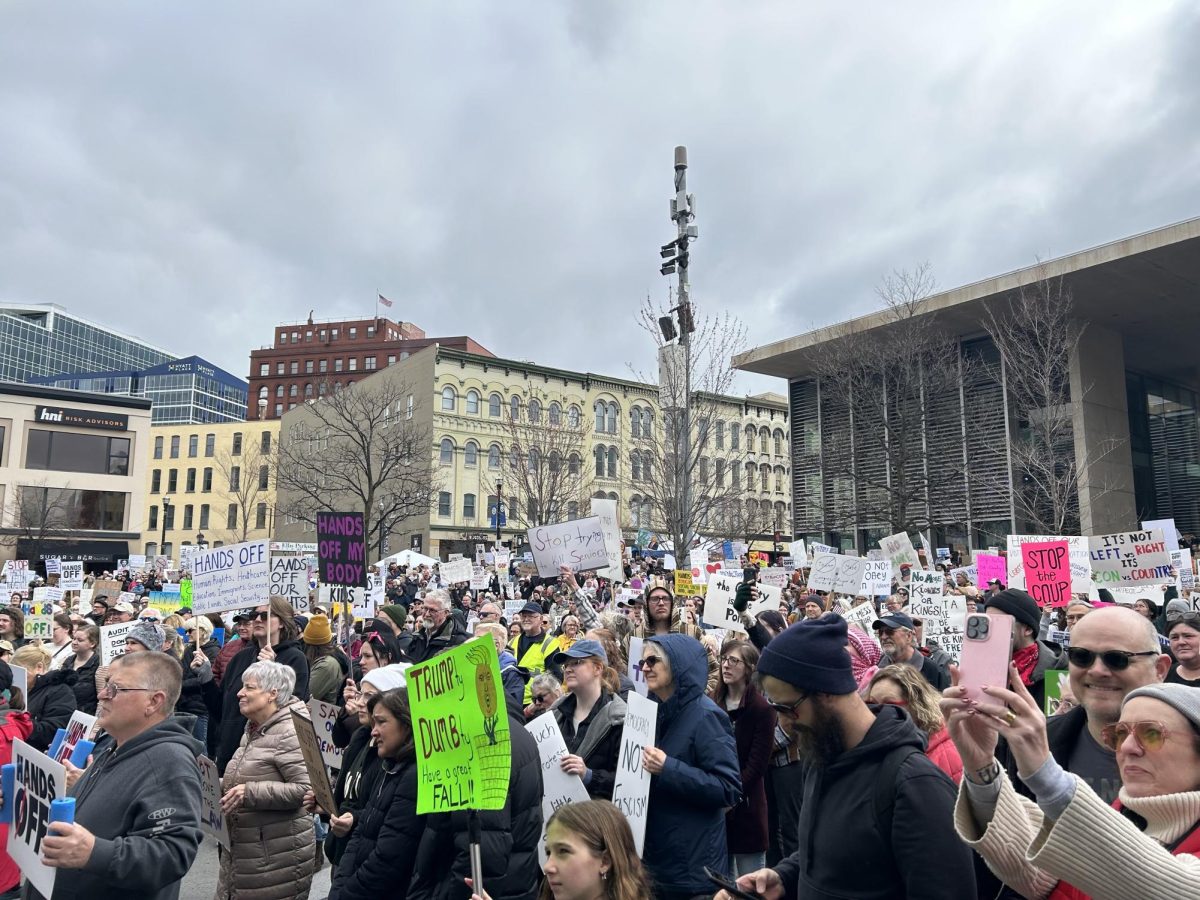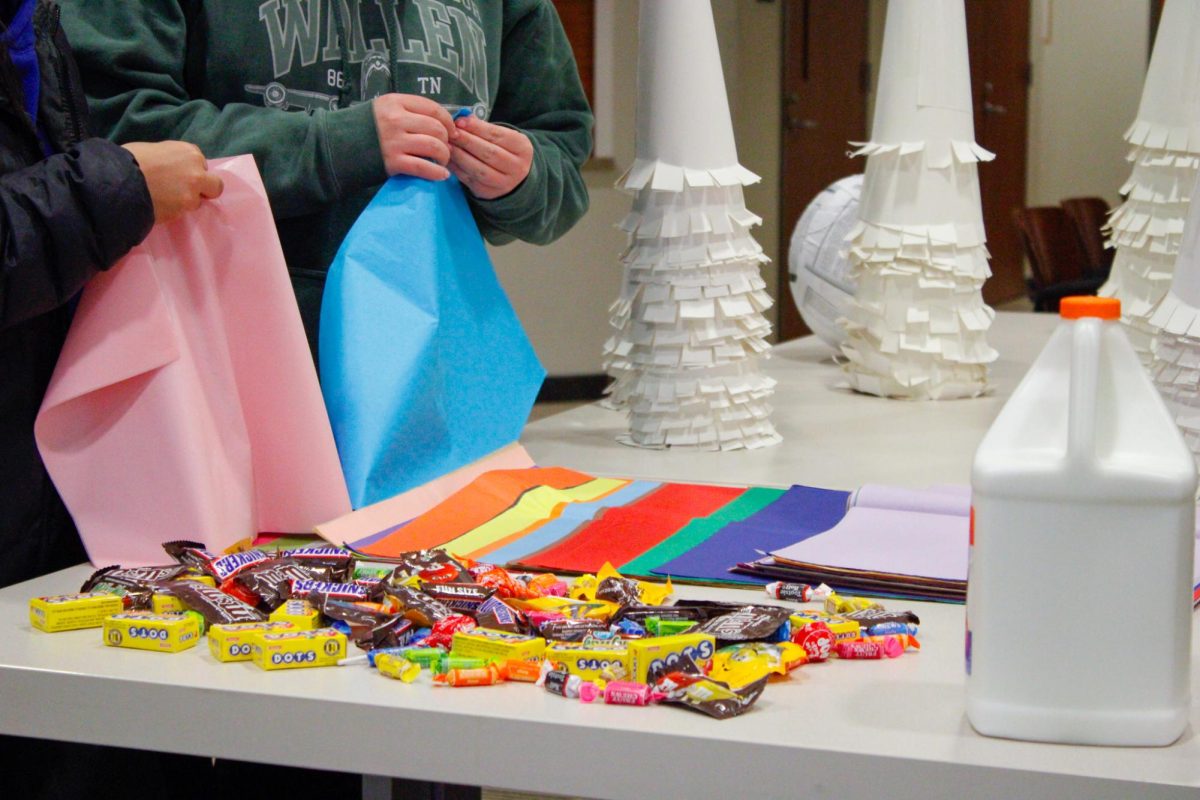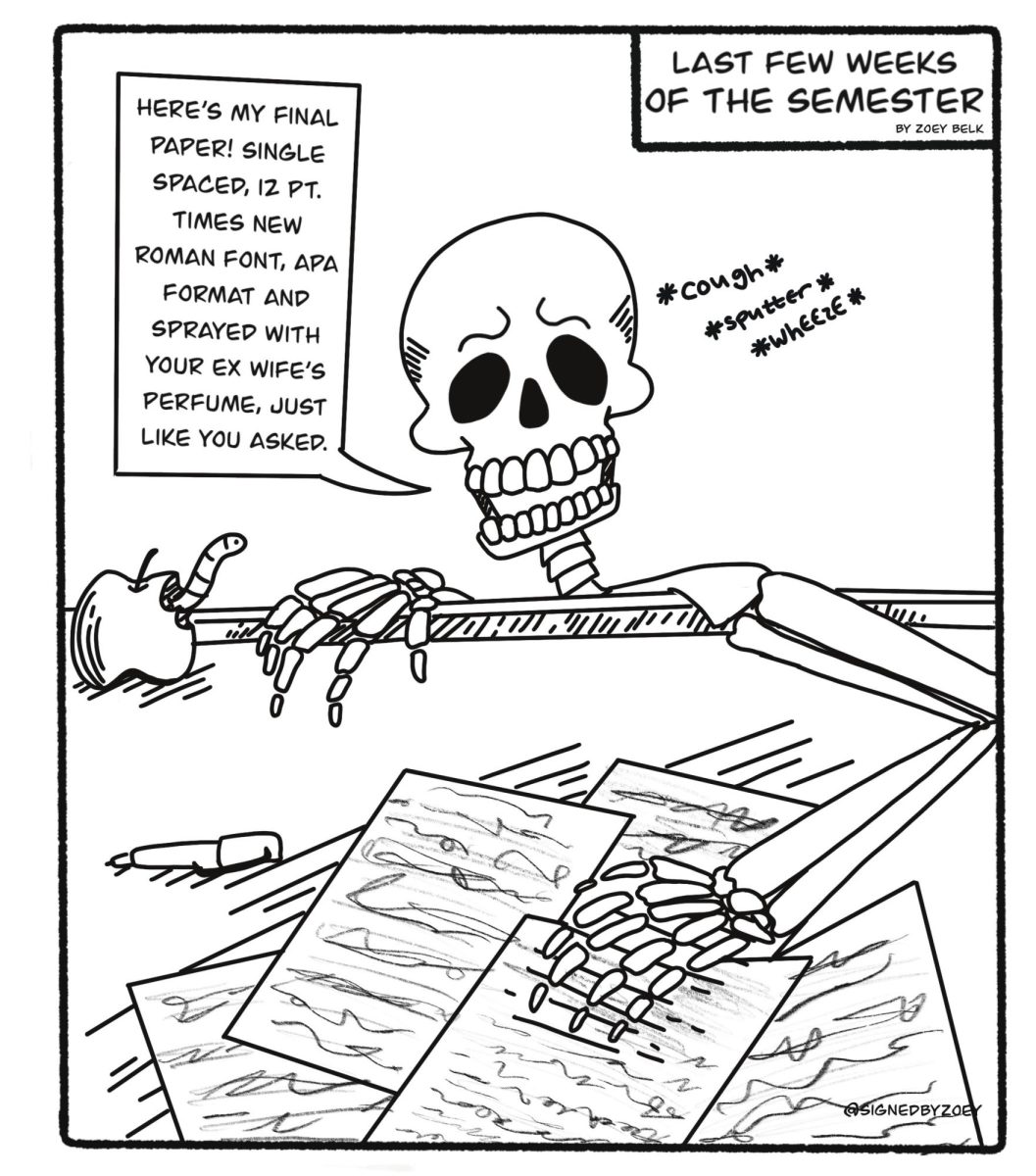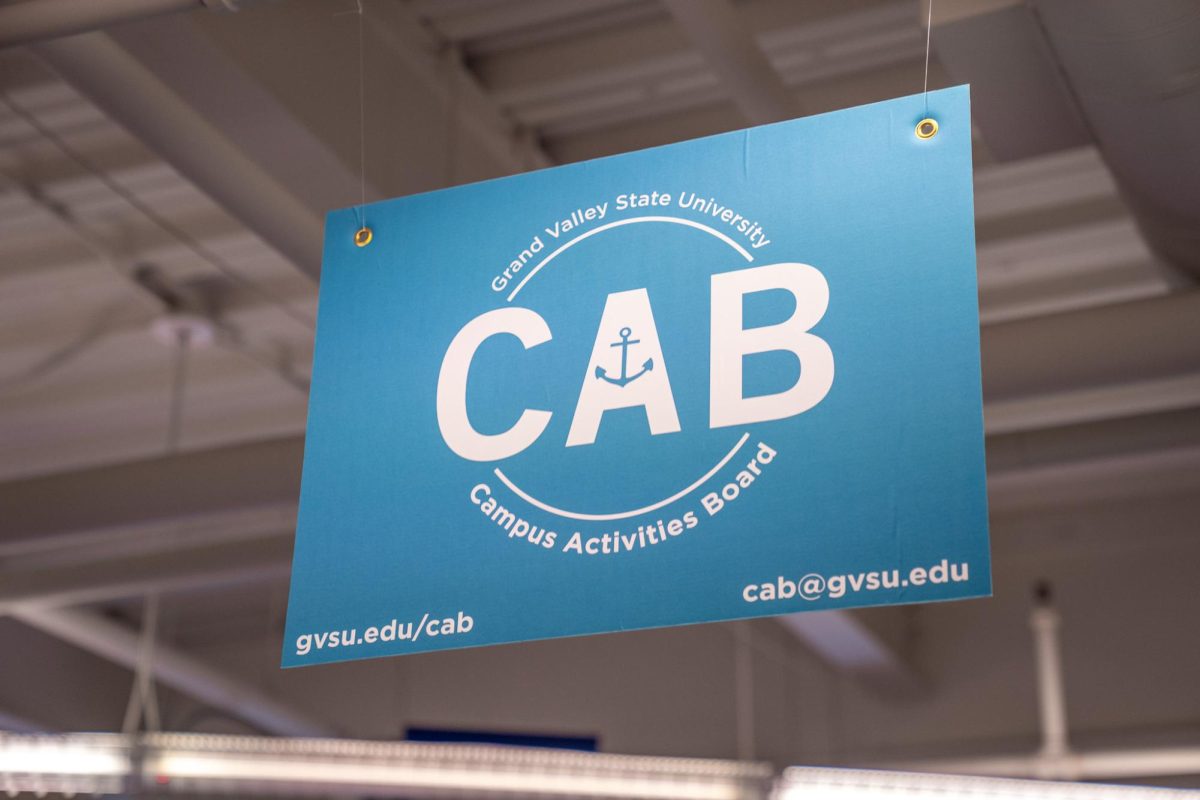MDHHS recieves grant for suicide prevention in men
Oct 12, 2020
The Michigan Department of Health and Human Service (MDHHS) announced on Monday that it has received $4.35 million in funding to be used over the next five years to address suicide in adult men. The new program is called “Preventing Suicide in Michigan Men” (PRiSSM).
Jennifer DeLaCruz, MDHHS Injury and Violence Section manager, said that Centers for Disease Control released this grant for the first time in the spring of 2020. She said that the state of Michigan applied for the grant because they recognize suicide as a public health crisis and hope to expand current programs.
According to the MDHHS, more than 48,000 Americans lost their lives to suicide in 2018, and over 6,700 Michiganders have died of suicide between 2014-2018.
DeLaCruz said that while suicide affects people of all ages and genders, adult men are the focus of PRiSSM.
“When we looked at the data within Michigan but also nationally, we see higher rates of suicide deaths for men – 67% of all suicide deaths annually,” DeLaCruz said. “That is an area that we need to focus our energy on now that we have this great opportunity to receive the funding.”
DeLaCruz said that their goal is a 10% reduction in morbidity and mortality over the five years.
“We’re looking at a decrease in death rates, as well as ED visits and hospital visits for suicide ideation and self-harm,” said DeLaCruz.
Barbera Hawkins-Palmer, Executive Director of Healthy Kent at the Kent County Health Department (KCHD), said that educating the community about suicide is key to prevention. Hawkins-Palmer said that KCHD has many programs that aim to support those struggling with mental health and thoughts of suicide, survivors who have lost someone to suicide and educational programs.
Hawkins-Palmer said that educating students and young people is one way KCHD has been working to spark cultural change and “stop the stigma” regarding suicide and mental health.
“I think the average age for anxiety is 11 years old, so it’s not like you have to be 20 or 30 to receive intervention or recognition that something may not be right,” Hawkins-Palmer said. “Be Nice is a suicide prevention action plan that our community health improvement plan for mental health includes that brings suicide prevention programming to elementary, middle school and high school students and their parents and teachers”
Hawkins-Palmer said that the budget for suicide prevention fluctuates, and is often relatively small. However, there is a dedicated group of people, donors and organizations that keep up the work, Hawkins-Palmer said.
“I am part of the Suicide Prevention Coalition, which is statewide, and they’ve mentioned this funding that they’ve gotten and where they’re at in terms of trying to organize,” Hawkins-Palmer said. “We’re hoping there’ll be some local grants that will trickle down to us to apply for to help with services and keep the cost down.”
Eric Klingensmith, GVSU Counseling Center Director of Clinical and Crisis Services, said that educating everyone about suicide and how to have conversations about suicide is an important part of suicide prevention and reducing the stigma surrounding mental health.
“Recognizing that someone is struggling and you might need to ask it but then how do you ask them and if there’s something suicidal, I think that’s one of the biggest things,” Klingensmith said. “Being able to be able to get to the point where you can ask that question and then taking that information and getting that person some help. Those are the most important things.”
Klingensmith said that the GVSU Counseling Center offers a variety of educational courses such as QPR that train people in talking about suicide. The Counseling Center website also offers a host of resources for those struggling with mental health as well.
DeLaCruz said that suicide prevention goes beyond one persons’ mental health and self-care. It’s about community support and resources that enable everyone to have conversations about suicide.
“When we talk about suicide prevention, we are looking at all levels of society, looking at prevention activities that can be implemented on an individual level, a family level, a community level, a society level” DeLaCruz said. “We really do see suicide prevention is an action anyone can take and we really need to work at all levels.”
Contact the National Suicide Prevention Lifeline at 800-273-TALK (1-800-273-8255) or use the online Lifeline Crisis Chat at www.suicidepreventionlifeline.org/chat.




